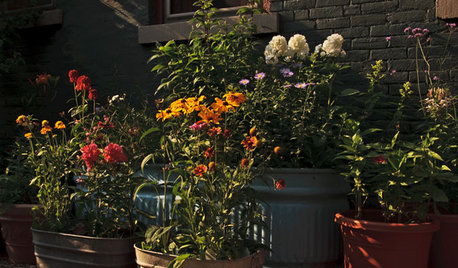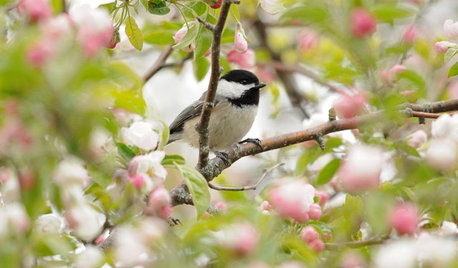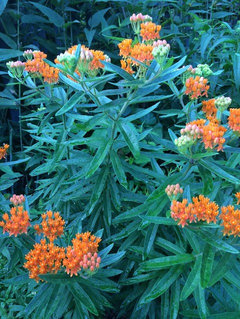Butterflyweed doing great!
Liz
9 years ago
Featured Answer
Comments (25)
roper2008
9 years agoLiz
9 years agoRelated Professionals
Wareham Landscape Architects & Landscape Designers · Bowie Landscape Contractors · North Ridgeville Landscape Contractors · South Lake Tahoe Landscape Contractors · Suitland Landscape Contractors · Vashon Landscape Contractors · Bixby Fence Contractors · Canoga Park Fence Contractors · Golden Fence Contractors · Hernando Fence Contractors · Mays Chapel Fence Contractors · Boulder City Fence Contractors · Homestead Window Contractors · Opa Locka Window Contractors · Oxnard Window Contractorsroper2008
9 years agoLeafhead
9 years agoLiz
9 years agobernergrrl
9 years agoSlatewiper
9 years agocecropia
9 years agoTony G
9 years agomolanic
9 years agoLiz
9 years agodbarron
9 years agoLiz
9 years agoLiz
9 years agobernergrrl
9 years agoLiz
9 years agodocmom_gw
9 years agobernergrrl
9 years agoLiz
9 years agoterrene
9 years agoLiz
9 years agodragonflydee
9 years agotiffy_z5_6_can
9 years agowoollybear69
9 years ago
Related Stories

GARDENING GUIDESGreat Lakes Gardener: What to Do In July
Gather juicy berries and breathe in the lovely scent of lilies, but don't forget to stay on top of watering needs and shake off the beetles
Full Story
GARDENING GUIDESDo You Have This Invasive Plant in Your Yard?
Garlic mustard is spreading across the U.S. Here’s how to spot it and what to do
Full Story
LIFEYou Said It: ‘What Do You Want Your Deck to Do?’ and More Quotables
Design advice, inspiration and observations that struck a chord this week
Full Story
LIFE7 Things to Do Before You Move Into a New House
Get life in a new house off to a great start with fresh paint and switch plates, new locks, a deep cleaning — and something on those windows
Full Story
SHOP HOUZZShop Houzz: How Do You Like Your Oysters?
From appetizers to home decor, the oyster represents great taste in so many ways
Full Story
ARCHITECTUREDo You Really Need That Hallway?
Get more living room by rethinking the space you devote to simply getting around the house
Full Story
MOST POPULARSpring Gardens Are Blooming — Here’s What to Do in April
Get the guide you need for gardening in your U.S. region, with tasks, climate-appropriate plantings and more
Full Story
SPRING GARDENINGSpring Gardens Are Waking — Here’s What to Do in March
Excitement fills the air when gardens come back to life. These guides will help you make the most of yours
Full Story
DECORATING GUIDESYou Said It: 'If You Do Nothing Else ... Clean Your Gutters,' and More
Design advice, observations and inspiration that struck a chord this week
Full Story
GARDENING GUIDESPacific Northwest Gardener: What to Do in July
Deadheading spent flowers, keeping up with watering and starting seeds indoors are the biggest gardening tasks for July
Full Story0
More Discussions












docmom_gw